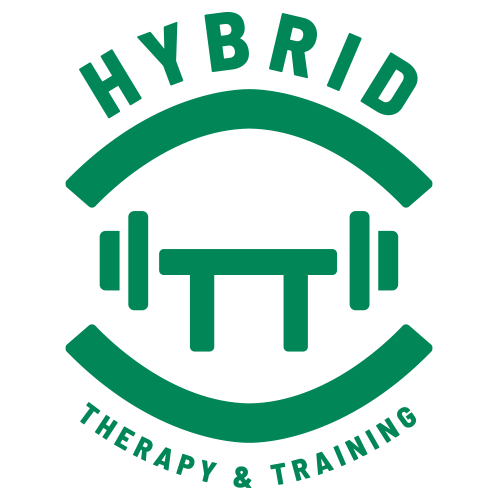According to the World Health Organization, lower back pain is among the top 10 conditions that contribute to activity limitation and work absence worldwide.
In industrialized countries, it is estimated that 60% to 70% of all adults will experience back pain at some point in their lives, with the peak incidence occurring between the ages of 35 and 55. Lower back pain is in the top five most common reasons for visits to the doctor’s office. At present, the most frequently prescribed treatment for back pain is painkilling medication (which, as we now know, can come with its own set of potential problems). Back pain is often tied to psychological factors such as high levels of stress, depression, anxiety, and fear-avoidance behaviors.
Whether lower back pain comes from an acute injury or is persistent and chronic, it can be physically and mentally debilitating. It is often hard to pinpoint what the underlying cause of the pain is or why it keeps recurring, even after diagnostic imaging has been done and you have consulted with your primary care physician.

If you are struggling with lower back pain, have tried other treatment methods for your pain, or feel frustrated and at a loss – give the Hybrid approach a try.
Using a thorough history and comprehensive assessment, you get to tell your story and we get to work together to find the source of the issue. Back pain is not always a problem with a single clear-cut solution, and a tunnel-vision view of the lower back alone often will not yield the desired results. We step back and take a big picture view of back pain, looking at less commonly explored factors such as breathing, sensory awareness, vision, and gait. We also take stress, mental health, sleep quality, and medical factors into account, and we refer to appropriate professionals when needed.
Lower back pain is a complex condition that deserves time, one-on-one attention, and the consideration of many different elements in order to have the best outcome.

